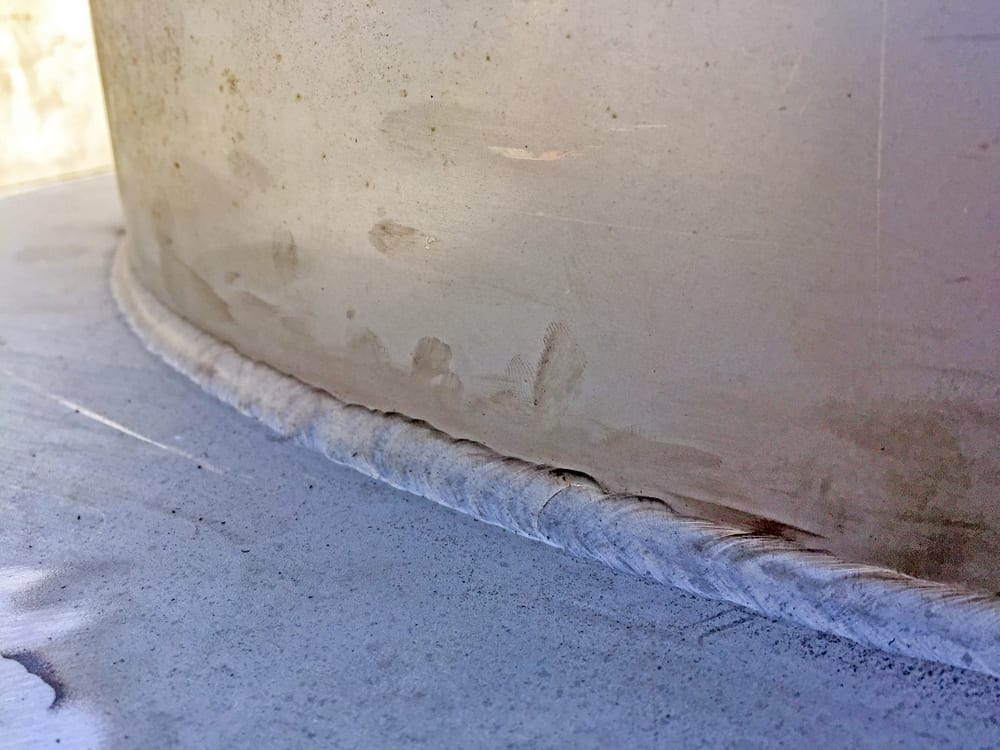Ideal Practices for Preventing Weld Undercut: Grasping the Essentials
Ideal Practices for Preventing Weld Undercut: Grasping the Essentials
Blog Article
A Comprehensive Guide to Identifying, Fighting, and Fixing Undercut Welding Troubles in Your Welding Projects
In the world of welding, coming across undercut problems is a common obstacle that can jeopardize the structural honesty and overall top quality of your welding jobs. Recognizing the origin behind undercut welding, being able to properly find it in your welds, and applying reliable preventative procedures are crucial skills for any welder. In addition, having the expertise and methods to fix undercut troubles when they do happen can make a significant distinction in the last result of your welding endeavors. Keep tuned as we check out the crucial parts of identifying, avoiding, and taking care of undercut welding troubles, offering you with valuable understandings and techniques to boost your welding abilities to the following degree.
Common Reasons For Undercut Welding
Undercut welding, a typical problem in welding processes, can be triggered by different elements that need to be carefully determined and addressed to make sure the honesty of the weld joint. One of the key reasons of undercut welding is excessive warmth input.
An additional common root cause of undercut welding is improper welding technique. Inadequate adjustment of the soldering iron or gun, wrong angle or range between the workpiece and the lantern, or inconsistent travel rate can all contribute to the formation of undercut. Additionally, utilizing the wrong welding consumables or electrode dimension for a certain joint setup can bring about undercut concerns. Identifying these origin and carrying out corrective steps is important in preventing and fixing undercut welding troubles in welding tasks.
Identifying Undercut in Welds

To identify undercut precisely, appropriate lights and magnification devices are necessary to check the weld joint extensively. Using tools such as a welding scale or a magnifying glass can assist in discovering even the smallest undercut imperfections. In addition, running a finger or a fingernail along the weld joint can sometimes expose undercut, as the surface might really feel uneven or have a dip where the undercut exists.
Safety Nets for Undercut
Having a deep understanding of the causes of undercut in welds allows for the application of reliable preventive actions to preserve weld quality and stability. These setups ought to be enhanced to stop excessive warmth input, which can lead to undercut formation.

Strategies for Taking Care Of Undercut

To deal with undercut issues properly, welders can utilize certain methods aimed at remedying the flaw and restoring the integrity of the weld joint. One strategy is to change the welding specifications, such as the voltage, current, and travel speed, to make certain appropriate heat input and blend. Increasing the welding existing or reducing the traveling speed can aid complete the undercut. Furthermore, changing the welding strategy from a press to a drag or the other way around can also aid reduce undercut.
Another technique is to utilize a weaving motion while welding to ensure correct useful reference sidewall fusion and fill in the undercut. By oscillating the welding arc from side linked here to side within the weld joint, the welder can transfer much more filler material right into the undercut locations, efficiently eliminating the defect.
Moreover, grinding out the undercut and rewelding the joint can be a feasible option for extra serious undercut problems - Preventing weld undercut. This procedure includes removing the undercut section, preparing the base steel, and afterwards rewelding the joint with appropriate welding parameters and techniques to stop undercut from persisting

Expert Tips for Preventing Undercut
Using correct welding strategies and preserving control over crucial welding criteria are critical strategies for welders aiming to prevent undercut in their weld joints. In addition, picking the proper welding procedure and filler metal for the certain application can help prevent undercut. Maintaining a constant travel speed during the welding process is an additional necessary suggestion to avoid undercut.
Verdict
In final thought, determining, stopping, and dealing with undercut welding problems in your welding tasks is essential for ensuring durable and solid welds. Preventing weld undercut. By recognizing the usual causes of undercut, having the ability to identify it in welds, executing preventative measures, and using proper techniques for taking care of undercut, you can avoid potential issues and create high-quality welds. Adhering to professional ideas for preventing undercut can aid you improve your welding skills and generate far better lead to your tasks
Undercut welding, a common issue in welding processes, can be Discover More caused by various elements that need to be thoroughly determined and addressed to make certain the stability of the weld joint. Additionally, running a finger or a finger nail along the weld joint can in some cases expose undercut, as the surface area might really feel irregular or have a dip where the undercut exists.
Making use of appropriate welding methods and preserving control over key welding criteria are essential approaches for welders aiming to prevent undercut in their weld joints.In final thought, determining, avoiding, and repairing undercut welding troubles in your welding jobs is essential for ensuring strong and resilient welds. By understanding the typical reasons of undercut, being able to recognize it in welds, applying preventative steps, and utilizing proper methods for dealing with undercut, you can stay clear of prospective problems and develop high-quality welds.
Report this page